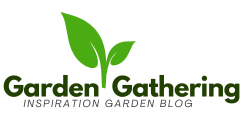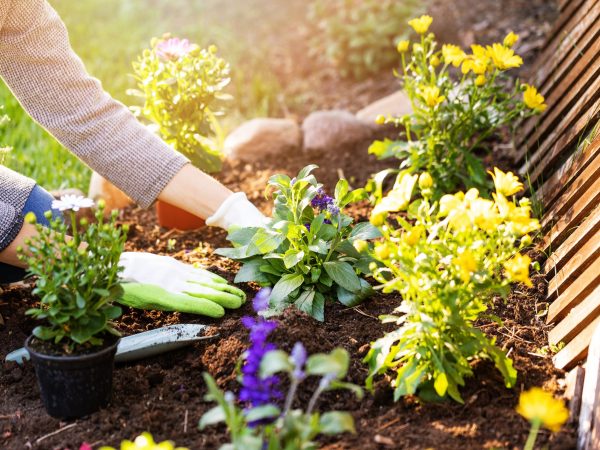Whether you’re just starting out in gardening or have been an avid gardener for years, there are many things you can do to help your plants grow. From planting seeds to pruning and watering, these tips will help you get started.
Decide what plants to grow
Choosing what plants to grow in your garden can be a daunting task. The key is to select the plant with the best combination of qualities. You should also choose plants with interesting foliage. This will provide color and texture throughout the year.
You should also check out the plant tags for information such as the water requirements of the plants. You will want to use plants that will thrive in the climate of your area. It is also a good idea to choose a mix of perennials and annuals. This will reduce maintenance and cost.
You should also consider the amount of sunlight that your location gets. Full sun plants will require about 8 hours of direct sunlight a day. Part shade plants will need four to six hours.
Test your soil before starting a garden
Whether you are just starting a new garden or you have been gardening for years, you should always test your soil before planting anything. Soil testing helps you decide what amendments you should add and how much to apply. It can also be a good way to identify problems in your garden. You can find out how acidic your soil is and what basic nutrients are available.
Soil tests can be performed on your own or at your local Cooperative Extension office. You can also use a DIY kit to perform the test. To learn more about soil tests, check out the Willamette Valley Soil Quality Guide.
Watering
Whether you are just learning how to water plants or have been doing it for a long time, it’s important to understand the proper way of watering your garden. There are many ways to do it, but knowing the correct method can ensure you get healthy plants.
A good rule of thumb is to water your plants once or twice a week, depending on the plant type. The amount of water depends on the age of the plant, the size of the root ball, and the soil texture.
If you use a drip irrigation system, you will have to water your plants less often. This is because it’s designed to direct water directly into the root zone.
Pruning
Using the proper pruning tools and techniques is essential to keep your garden looking great. There are many plants that require periodic trimming to maintain their vigor.
Pruning also helps to maintain air circulation within the plant. This is important as it can help to prevent disease and pest problems. It can also encourage fruit production.
The right pruning method for your garden will depend on the type of plant you are growing and your gardening goals. It’s always wise to check with your local county extension office for advice.
A basic rule of thumb is to avoid cutting into the woody growth of your fruit trees. This can cause problems with budding fruits. The same can be said for shrubs and bushes.
Pests
Identifying and eradicating pests is crucial to keeping your plants healthy and growing. Pests are not only bad for the plants, but also a source of plant disease.
Among the common indoor garden pests are scale insects, spider mites, and fungus gnats. Some insecticides are safe for use on plants, but be sure to read the label. If the insecticide contains pyrethrins, it will probably damage the plants.
In addition to using pesticides, you can try natural methods of control to reduce the number of insects on your garden. One of the best methods is to attract a natural predator. Some natural predators are ladybugs, green lacewing larvae, and mealybug destroyers.
Diseases
Despite the best efforts of gardeners, diseases of plants can occur. Luckily, there are several ways to prevent and control plant disease. The first is to identify the causes of the problem. The second is to know the symptoms of the disease.
Some of the most common types of plant diseases are caused by bacteria, fungi, and viruses. These are characterized by symptoms such as leaf spots, stunted growth, fruit rot, and discoloration. These diseases can be a major threat to your garden.
Most plant disease is caused by fungi, and fungi are spread by water, insects, and wind. This can be prevented by maintaining a proper air circulation.

